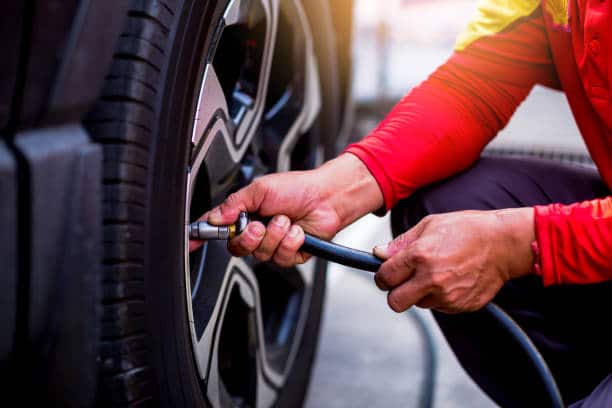Maintaining the proper tire pressure is essential for both safe driving and optimal performance from the vehicle. Underinflated tires increase the risk of blowouts, uneven tire wear, and decreased fuel efficiency. Overinflated tires might handle less well, ride aggressively, and be more susceptible to damage from the road. Fortunately, checking and adjusting your tire pressure at home is a simple procedure that you can complete with the right tools and knowledge.
Understanding Tire Pressure
Tire air pressure is expressed in PSI, or pounds per square inch. The recommended PSI for your tires can be found in the owner’s handbook or on a placard on the driver’s side door jamb. This number is exclusive to your car and shouldn’t be exceeded.
Putting Safety First
Never inflate your tires above what is recommended. Over inflation can lead to blowouts, which can have disastrous effects. For guidance on any step of the process, contact an experienced Auto Repair in Centennial, CO.
Preparing the Equipment
Correct tire filling requires both an air compressor and a tire pressure gauge. At gas stations, customers may typically acquire free air, but if you bring your own gauge, accuracy is guaranteed. Tire gauges are moderately priced and may be found at car parts stores and online retailers. Air compressors come in a variety of sizes and styles. You may choose larger, permanent compressors for your garage or smaller, handheld 12-volt units that plug into your car’s cigarette lighter.
How to Locate the Valve Stem
The valve stem is the little rubber protrusion that extends from your tire’s tread center. It has a removable cap to protect the valve core, a small part that allows air to enter and exit the tire.
Checking the Pressure before Using a Car
It’s critical to check the tire pressure in your chilly tires. This means that they haven’t been driven for over a mile or at least three hours. The heat from driving causes the tire pressure to increase by a few PSI. Accurate readings can only be obtained when the tires are cold.
Utilizing a Pressure Gauge
Remove the valve stem cap and firmly press the tire pressure gauge onto the valve stem. The gauge will display the tire’s PSI at that moment. Repeat these instructions for all four tires, including the spare.
Unlike the Recommended PSI
Verify the difference in PSI between the measured and suggested values for your vehicle. If the pressure is low, add air using the air compressor. If the pressure is high, use the valve stem tool, which is usually a small, pointed instrument attached to the pressure gauge, to apply pressure to the valve core until the desired pressure is reached.
Conclusion
By taking these simple actions, you can ensure that your tires are properly inflated for optimal performance and safety. Remember that comfortable riding, good gas mileage, and safe driving all depend on having properly inflated tires.





